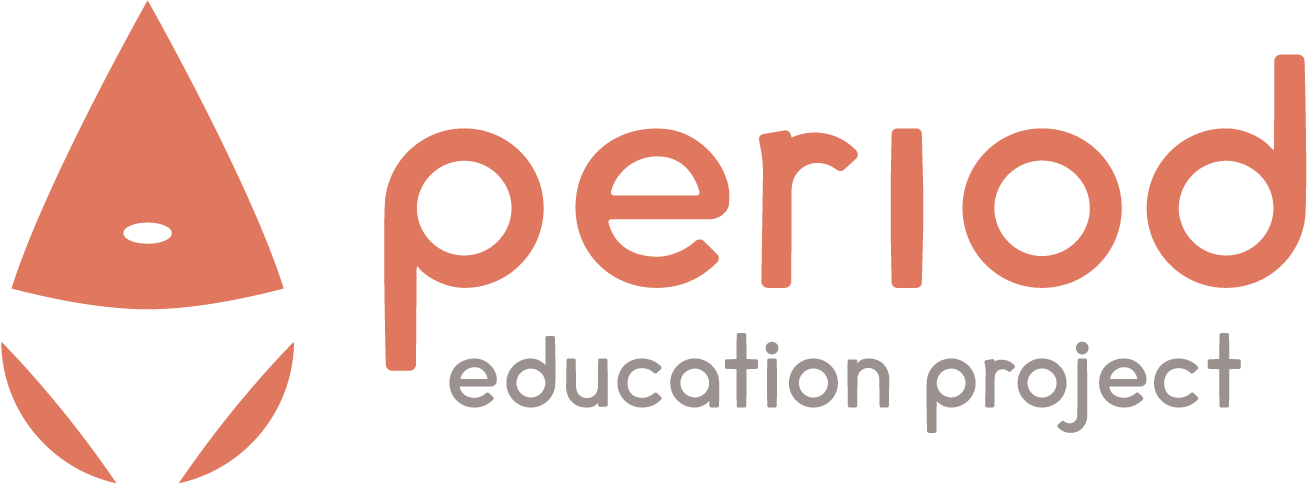By Jasmine Kaur, Period Pro from the Indiana University School of Medicine
Birth control is a method or device used to prevent pregnancy. Beyond pregnancy prevention, birth control is also used to treat other health conditions, like heavy periods or acne. There are many types of birth control, and choosing the right method for you can seem complicated. If preventing pregnancy is your priority, then you’ll want to choose the most effective method that you can use correctly and consistently – that means it should fit with your lifestyle. If you’re not at risk for pregnancy, but you are using birth control to treat another health condition like acne, heavy bleeding, painful periods, or PMS, you’ll still want to choose the method that feels like the best fit for your symptoms and lifestyle.

Jasmine Kaur, Period Pro
Regardless of why you might use birth control, it’s important to understand how to use it correctly, and how it can affect your menstrual cycle – because most methods prescribed by healthcare providers WILL affect menstruation (usually in a good way).
Birth Control with Hormones
The menstrual cycle depends on two important hormones: estrogen and progesterone which are both produced by the ovaries. The most commonly prescribed birth control methods also use these same hormones to prevent pregnancy.
Birth control methods that use hormones are called hormonal contraception. Methods that use both estrogen and progesterone are called combined methods. Some types of birth control only use a form of progesterone (called progestins), and they are called progestin-only methods. Easy, right?
All hormonal birth control methods stop eggs from maturing, block ovulation, thin the endometrium so a fertilized egg can’t implant, or thicken the cervical mucus so sperm can’t swim through it.
Regardless of exactly how a method works, many birth control methods will affect your period in some way – often making it lighter and less painful.
Let’s dive in and discuss the various forms of hormonal contraception, and how they affect menstruation. These are listed in order of most effective to slightly less effective in preventing pregnancy.
IUD (Intrauterine Device) – A small T-shaped device that a doctor or nurse practitioner inserts into the uterus. It requires a pelvic exam because it is inserted through the vagina and cervix. Once it is placed, it can last from 3 to 12 years depending on the type, and all IUDs can be removed at any time by a healthcare provider. It is common to have irregular spotting for a few months after insertion.
Hormonal IUD – contains a type of progesterone.
How to use it: Once it’s inserted, you don’t have to do anything to make it effective!
How it affects periods:
- Usually makes periods lighter and less crampy
- For close to half of users, the hormonal IUD will make periods stop within the first year (and yes, that’s safe because it’s from hormones)
- Most people see their menstrual flow decrease by at least half
Copper IUD – does not contain any hormones.
How to use it: Once it’s inserted, you don’t have to do anything to make it effective!
How it affects periods:
- Many people do not see any change in their periods
- May make periods a heavier or more crampy
- Will not make periods lighter or stop
Implant (Nexplanon) – contains a type of progesterone. It is inserted into the upper arm by a healthcare provider using a needle and numbing medicine so you don’t feel it.
How to use it: Once it’s inserted, you don’t have to do anything to make it effective. It lasts up to 5 years, but can be removed at any time.
How it affects periods:
- It is common to have irregular bleeding for the first 3 months, but that improves over time for most people.
- Most people experience less menstrual bleeding, with 1/3 having irregular but light bleeding, and 1/3 having no bleeding at all (again, this is a safe side effect of the progesterone hormone).
Depo-Provera (aka – the Depo shot, the birth control shot) – contains a type of progesterone and is given by a shot (injection) usually in the arm, but can be given in the thigh.
How to use it: It requires a shot once every 3 months that can be provided by your doctor’s office or pharmacy. You don’t have to do anything to make it effective except get your injections on time.
How it affects periods:
The Depo-shot can cause irregular bleeding, especially in the first 6 months, but after that, most people stop having any bleeding or have only light, irregular bleeding.
Combined Oral Contraceptive Pill – contain a type of estrogen and progesterone. This is the most common type of contraception that is used to treat menstrual problems, like heavy, painful or irregular periods.
How to use it: You take one pill each day from the pill pack around the same time based on your schedule.
How it affects periods: Most people experience periods that become more regular, lighter, and less painful. It is common for birth control pills to reduce the total menstrual flow by half. Irregular bleeding or spotting can be normal in the first few months of use or anytime you miss or forget a pill.
Progestin-Only Pill – contains a type of progesterone only. This is most commonly used by people who want to use a contraceptive pill, but cannot take estrogen.
How to use it: You take one pill from the pill pack at the same time each based on your schedule. Taking the pill at the same time each day is very important for this pill to be effective.
How it affects periods:
- Most people do not have regular periods while taking the progestin-only pill, which may or may not improve over time.
- Periods may become lighter, more frequent, or may stop altogether. Some experience bleeding between their periods.
Vaginal Ring – contains both estrogen and progesterone. You simply insert the ring into the vagina and leave it there for up to a month at a time. It is inserted and removed using your fingers.
How to use it: Once it’s inserted, you leave the ring in for 3 weeks. During the 4th week, you remove the ring. During the ring-free week, most people will have a withdrawal bleed, like a period.
How it affects periods:
- Most people experience that their periods become more regular, lighter, and less painful.
- Irregular bleeding, especially in the first few months of using the ring, can be seen but usually resolves over time.
Patch – contains a type of estrogen and progesterone. The patch is placed on clean, dry areas of the buttocks, lower abdomen, or upper back.
How to use it: Once it is placed, you wear it for a week, then remove it and apply a new patch. This is repeated each week for 3 weeks. During the 4th week, you do not wear a patch. During the patch-free week, you can expect a withdrawal bleed, like a period.
How it affects periods:
- Most people experience that their periods become more regular, lighter, and less painful.
- Irregular bleeding, especially in the first few months of using the patch, can occur, but can resolve over time.
Before deciding what birth control maybe right for you, talk with your healthcare provider. There are some health conditions that can be affected by birth control containing estrogen, so if you have a family or personal history of blood clots in your veins, abnormal blood clotting, migraine headaches, other chronic illnesses, or if you are on other medications, your doctor can help you choose the safest and most effective method.
To learn more about these birth control methods or to find a local healthcare provider that offers them, be sure to check out www.bedsider.org, for youth friendly reproductive health information.
Finally, while all of these birth control methods help prevent pregnancy, remember that no form of contraception protects against sexually transmitted infections (STIs). To protect yourself from STIs, make sure you use a barrier, like a condom or dental dam, during all sexual contact! You can learn more about STIs HERE.

Recent Comments